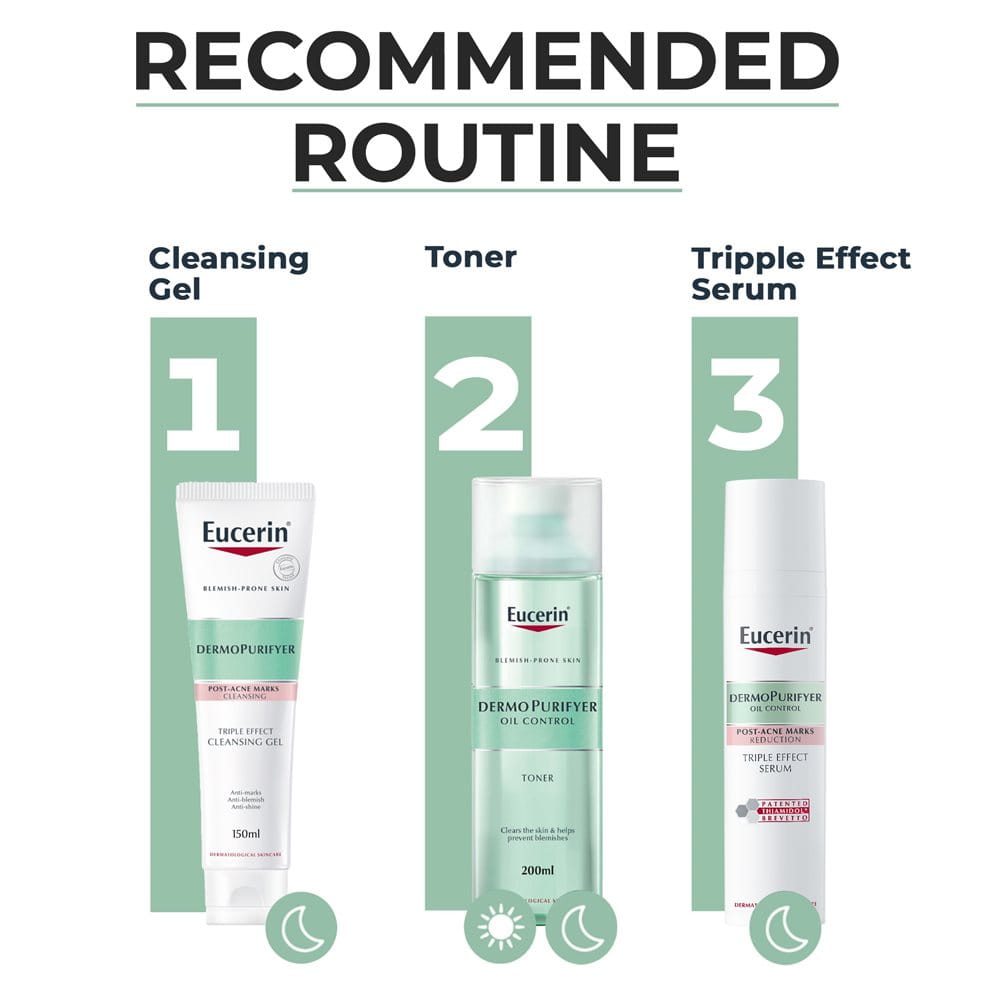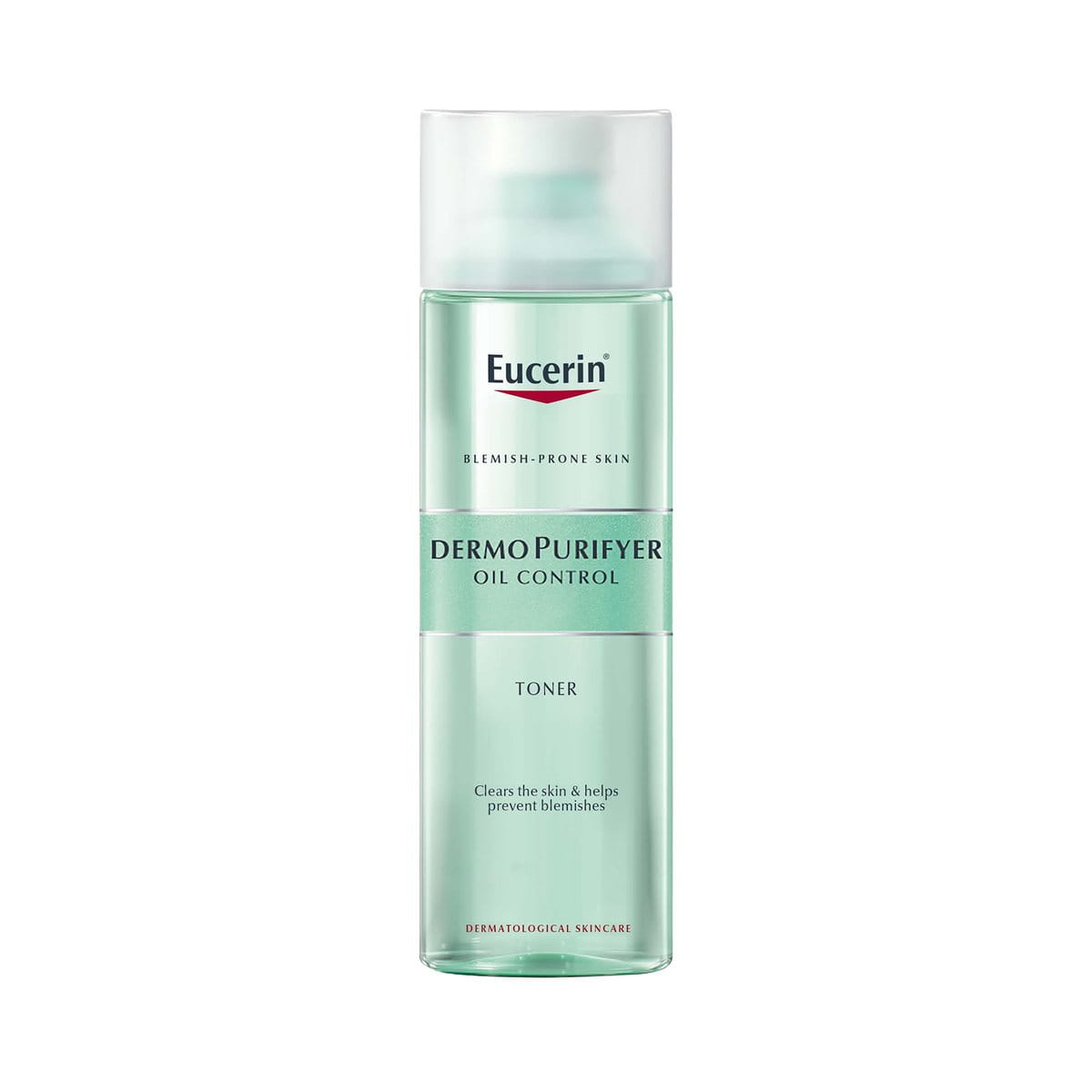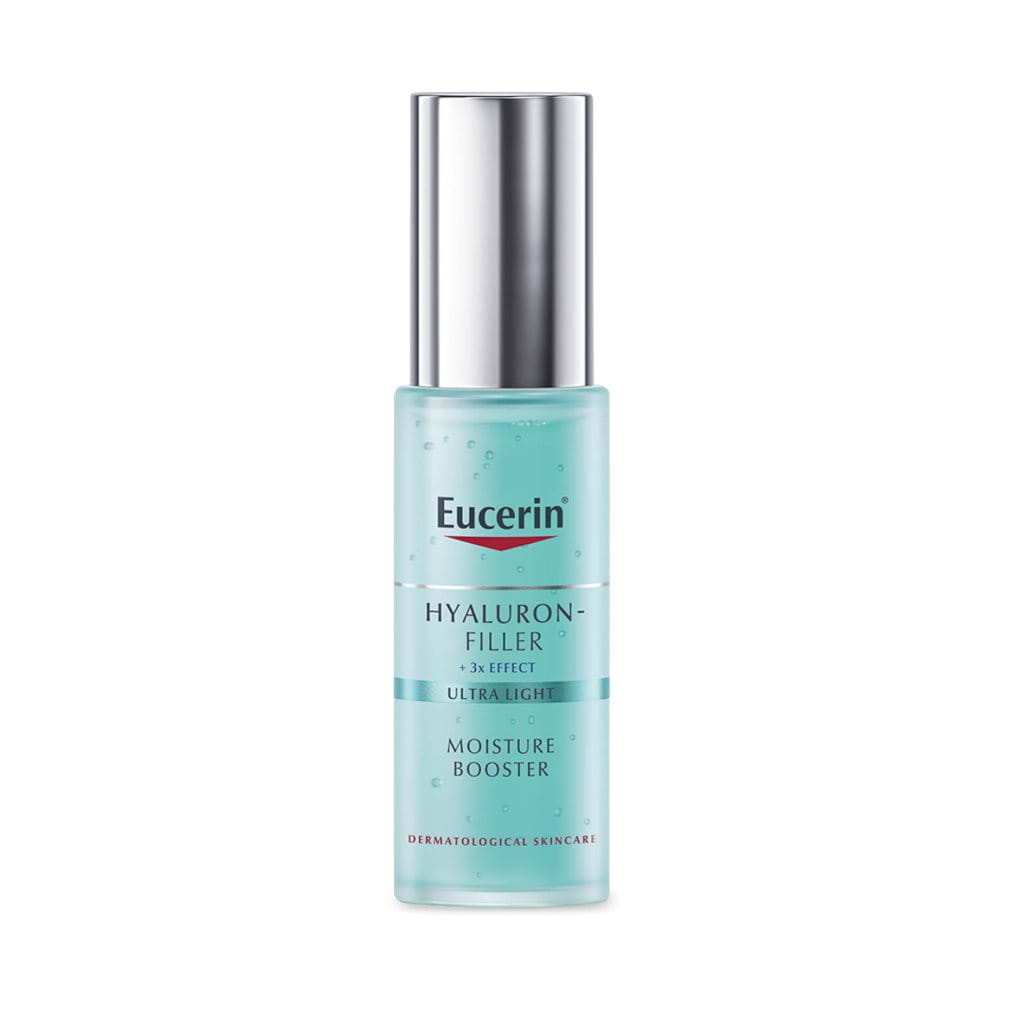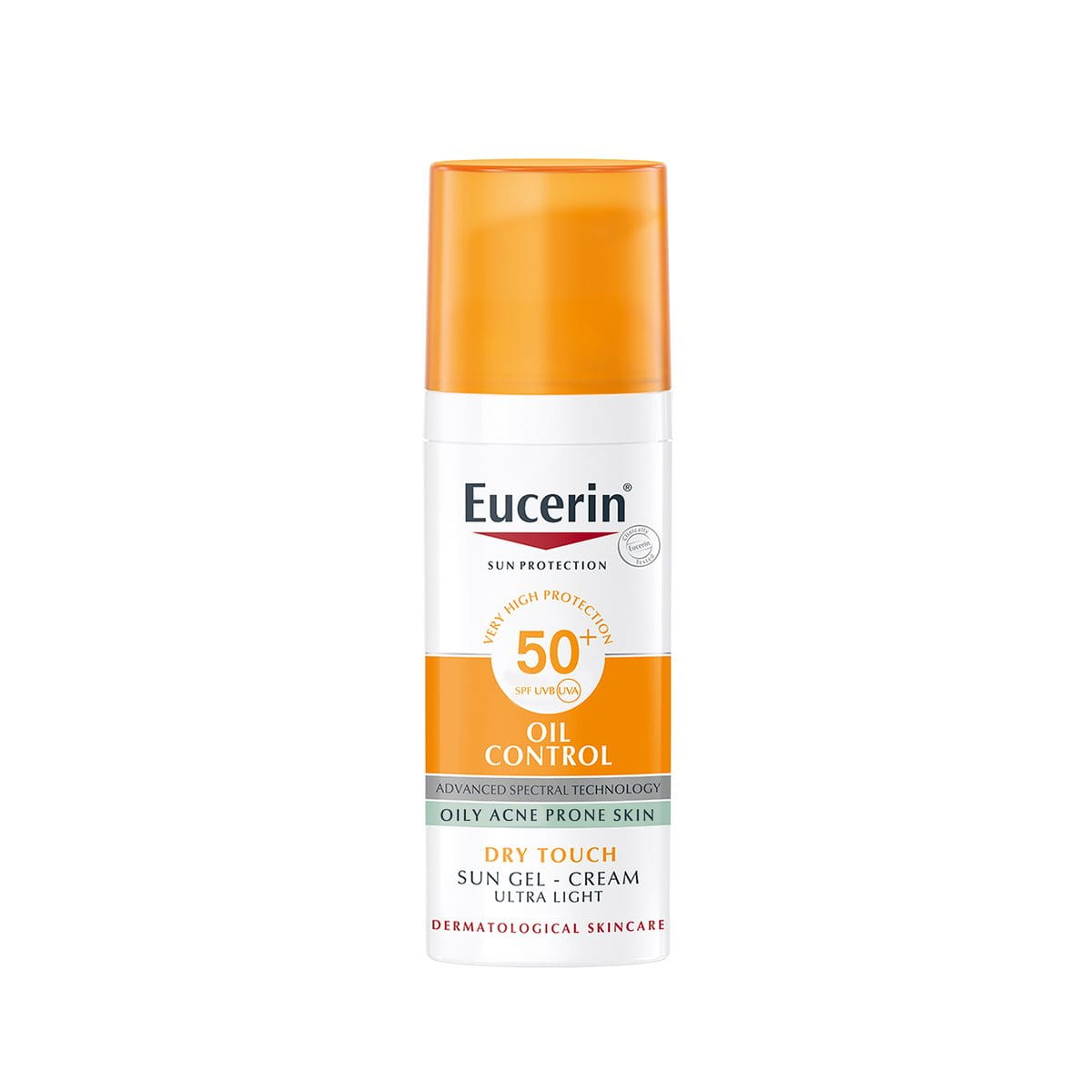It is quite easy to distinguish between oily and dry skin types. Their properties are on either end of the spectrum, making the journey towards treatment options and skincare products a straightforward process. Combination skin, however, poses a real challenge, especially for beginners. Oily T-zones, dry cheeks as well as seasonal sensitivities can have you confused and reaching out for a spectrum of solutions.
But fret not, for this article aims to provide the exact directions you need to understand what combination skin is in its entirety. It illustrates the strategies to manage your skin health and the best ways to create a holistic routine that suits your combination skin to the T.
Keynote
- Identify combination skin by properties such as dry cheeks and neck as well as oily T-zones from forehead to nose and chin.
- This duality makes managing the skin type quite challenging, especially treating other skin concerns without causing skin irritation.
- Strategize your skincare with gel cleansers, toners, lightweight moisturizers and oil-free sunscreens to boost skin health.
- Manage the oily T-zones with weekly masks, topical solutions and gentle toners.






